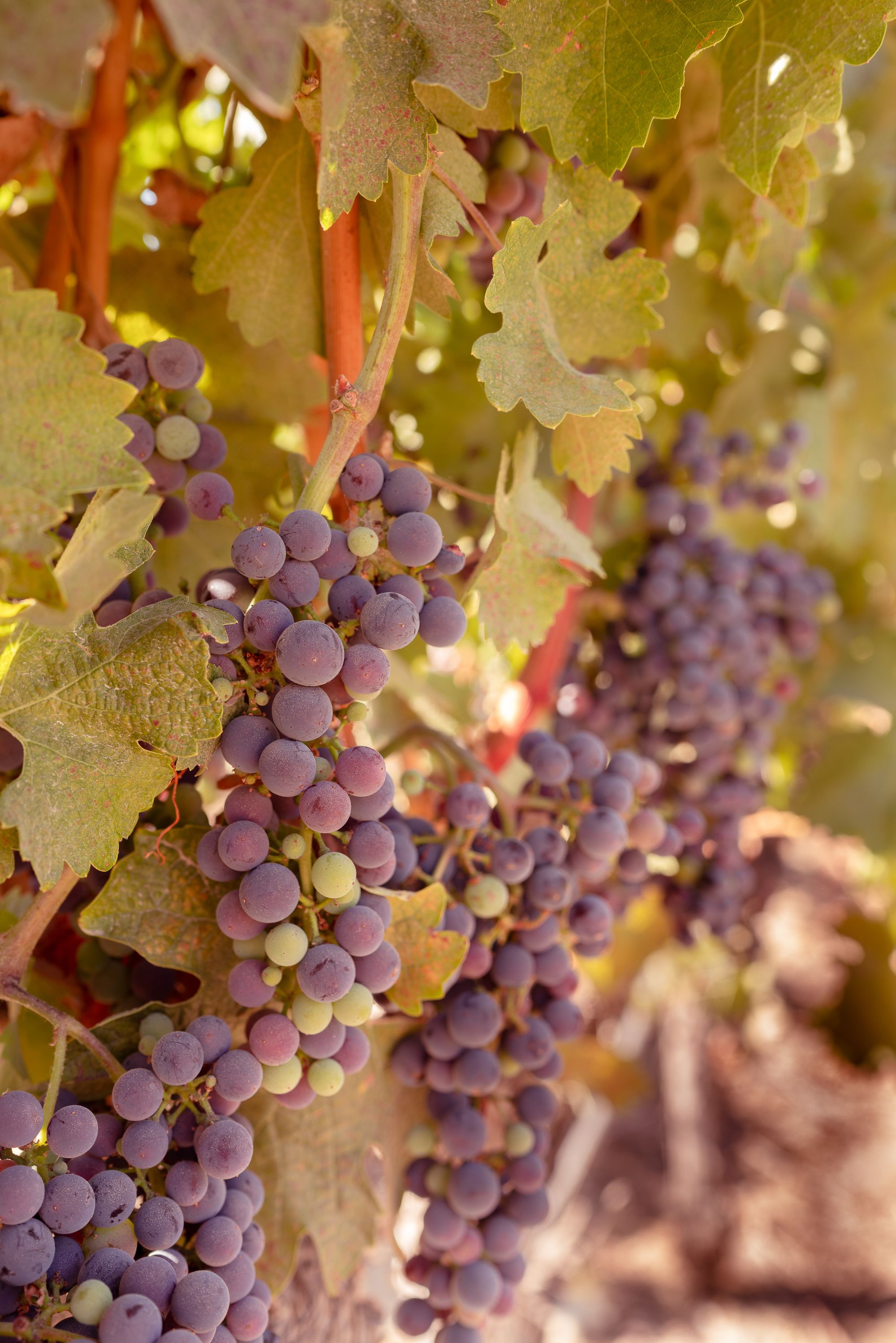Introduction
Hello, wine lovers and curious connoisseurs! 🍇🍷 Welcome to another intoxicating edition of Vineyard Tales, where we peel back the labels and cork our way into the stories that make the world of wine so fascinating. Today, we’re journeying to a place many call America’s “Wine Disneyland”—the one and only Napa Valley.
Nestled in the heart of California, Napa Valley is more than just another spot on the map. It’s an iconic destination that has become synonymous with words like “luxury,” “elegance,” and, of course, “world-class wine.” But have you ever stopped sipping long enough to wonder how this 30-mile stretch of land became a global wine mecca?
Hold on to your wine glasses, because we’re about to unearth the captivating transformation of Napa Valley. This tale is ripe for the telling, from its humble roots as an overlooked farmland to its crowning glory as America’s wine haven. So pour yourself a glass of your favorite Napa vintage, and let’s dive in! 🍷📖
Early History: The Seeds of Success
The Geography and Climate: A Natural Haven for Vineyards
Let’s get this party started by talking about the real rockstar of the Napa story: the land itself. You might say that Napa Valley was Mother Nature’s own pet project for winemaking. Situated within the glorious Vaca and Mayacamas mountain ranges, Napa Valley is geographically designed like a lavish VIP lounge for grapes.
Now, let’s talk terroir (pronounced ‘ter-wah,’ for those new to wine jargon). In the simplest terms, terroir is the unique blend of environmental factors that gives a wine its character. And oh boy, does Napa have terroir in spades! A combination of maritime influence from the San Pablo Bay, varied soil types, and microclimates creates a mosaic of growing conditions. These factors contribute to the complex and rich wines that Napa is famed for, like that juicy Cabernet Sauvignon or buttery Chardonnay you love so much.
And let’s not forget the Mediterranean climate—warm days and cool nights. This diurnal temperature variation is like a spa retreat for grapevines, allowing them to ripen to perfection while maintaining that zesty acidity. In short, Napa Valley’s geography and climate are the VIP backstage passes to the wine world’s greatest concert. 🌍🍇
First Settlers and Experimentation: The Dawn of the Napa Visionaries
The first question to pop into anyone’s mind would be, who were the first lucky people to look at this geographical masterpiece and say, “This looks like a fantastic place to make some wine!”? Well, let’s set the stage—it’s the mid-19th century, and while gold is the buzzword elsewhere in California, in Napa, it’s all about the liquid gold (wine, folks, we’re talking about wine).
The first settlers in the region were more focused on survival than Sommeliers, growing essential crops like wheat and corn. However, it didn’t take long for some enterprising individuals to realize that the soil was whispering a different kind of tale—a grape tale. The likes of George C. Yount (say it with me, “Yownt”), who was the first Anglo-Saxon settler in Napa County, started experimenting with various crops, including grapes.
Not to be left behind, pioneers like Charles Krug rolled up their sleeves and decided to get down and grapey with it. Krug, known as the godfather of Napa’s commercial winemaking, set up his winery in 1861, focusing on quality over quantity. No more sacramental wines or basic table wines—Krug wanted to elevate the Napa grape to a whole new level of deliciousness.
So, what started as a crop diversification strategy turned into a full-blown winemaking revolution! 🍷🚀 These pioneers didn’t just plant grapes; they planted the seeds of what would become the most iconic wine region in the United States.
There you have it, the early chapters of Napa Valley’s enthralling saga—a captivating blend of natural beauty and human ingenuity. Up next, we’ll dive into how Napa went from local hero to global superstar. But first, a quick refill, shall we? 🍷🔄
Transformation into a Wine Region: From Modest Vineyards to Global Stardom
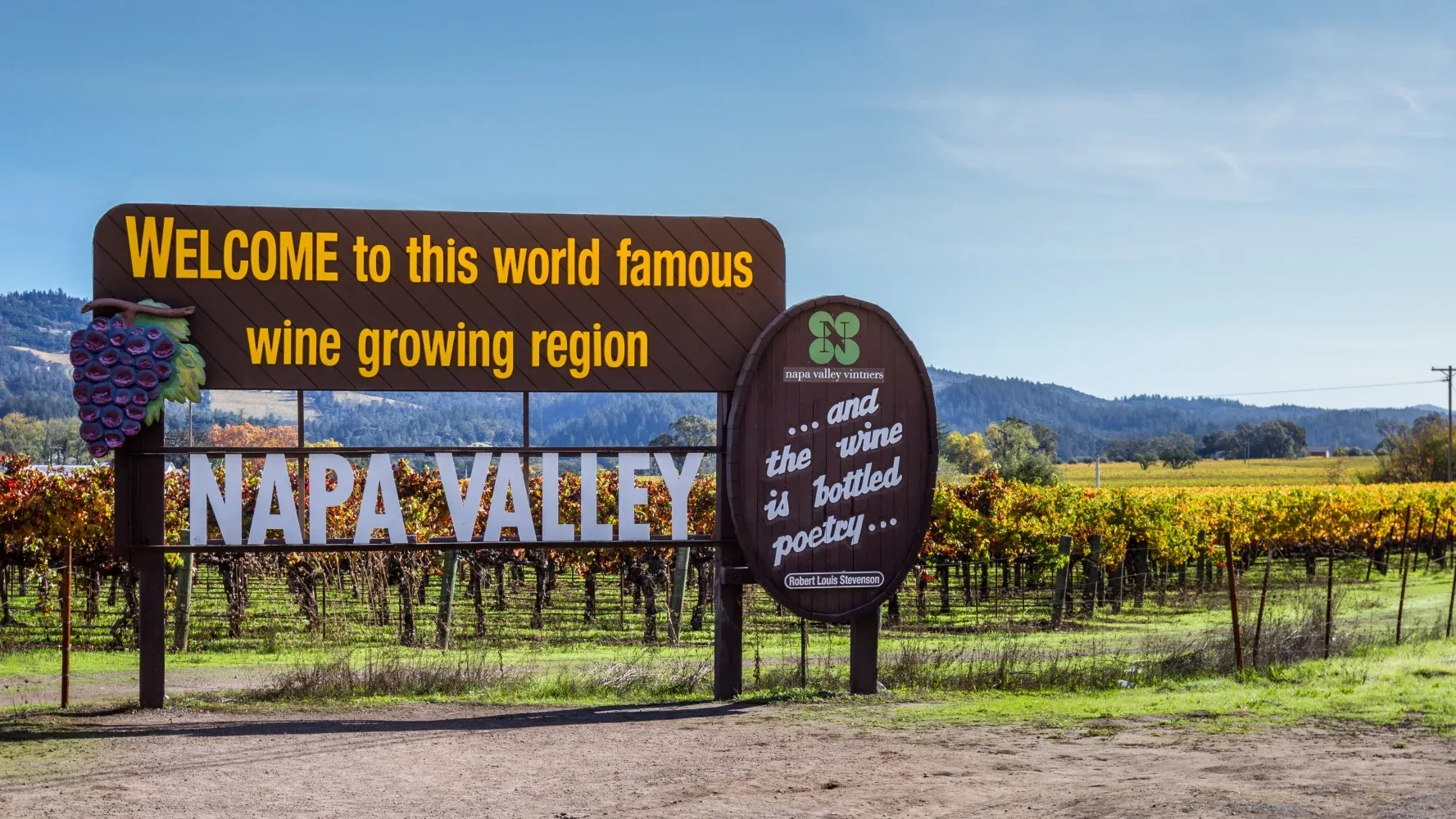
The Game Changers: Early Influential Vineyards
Pop quiz! What do you get when you mix Napa Valley’s natural treasures with some visionary pioneers? The birth of game-changing vineyards that’d make history, that’s what!
First up, we have the Beringer Brothers. In 1876, they were not just making wine; they were creating art in a bottle at Beringer Vineyards, which today holds the record for being the longest continuously operating winery in Napa Valley. These brothers weren’t just content with crafting wine—they built an empire with tunnels and cellars, and legend has it they threw some wicked wine parties! 🎉
Then there was Gustave Niebaum (say that three times fast!). His Inglenook winery, established in the late 19th century, didn’t just produce wine—it produced legends. Remember, this is the place where some of Napa’s most iconic Cabernet Sauvignons saw their genesis.
And let’s not forget the likes of Robert Mondavi. He didn’t just want to make wine; he wanted Napa to rival the grand wine regions of Europe. And with passion, innovation, and a sprinkle of chutzpah, he did just that.
Economic Impacts: Wine, Wealth, and Wonders
You know what they say: where there’s fine wine, there’s... a booming economy? Well, maybe that’s not a classic saying, but it’s true for Napa Valley!
With the growth of these vineyards came jobs, jobs, and more jobs. From grape pickers to sommeliers, the valley buzzed with activity. And it wasn’t just about the grapes. The entire wine ecosystem, from barrel makers to wine label designers, flourished.
But what’s better than selling wine? Sharing it! Tourism exploded as word spread about this wine wonderland. Hotels, restaurants, spas—Napa became the weekend getaway. And you know what tourists love more than a good Cabernet? A good story. And Napa had plenty, with each winery offering tours filled with history, passion, and of course, tastings.
Napa Valley’s First Recognition: From Underdog to Top Dog
Ever heard of the Judgment of Paris? No, it’s not a Greek tragedy, but it was dramatic! Picture this: 1976, a blind wine tasting in Paris where underdog Napa goes head-to-head with the big players of France. And guess what? Napa won! It was like Rocky Balboa defeating Apollo Creed, but for wine.
Chateau Montelena’s Chardonnay and Stag’s Leap Wine Cellars’ Cabernet Sauvignon shocked the world and made headlines. The French judges couldn’t believe it, the wine world was aghast, and Napa? Well, Napa just smiled and raised a glass. This event wasn’t just a victory for Napa Valley—it was an assertion that New World wines deserved a seat at the global table.
So there we have it: a tale of transformation where Napa Valley metamorphosed from a humble backwater to a globally acclaimed wine haven. Next up, we’ll take a look at the modern marvels of this wine wonderland. But first, perhaps a little wine break to toast to Napa’s triumphs? 🍷🎉
Modern Napa Valley: Where Legacy Meets Luxury
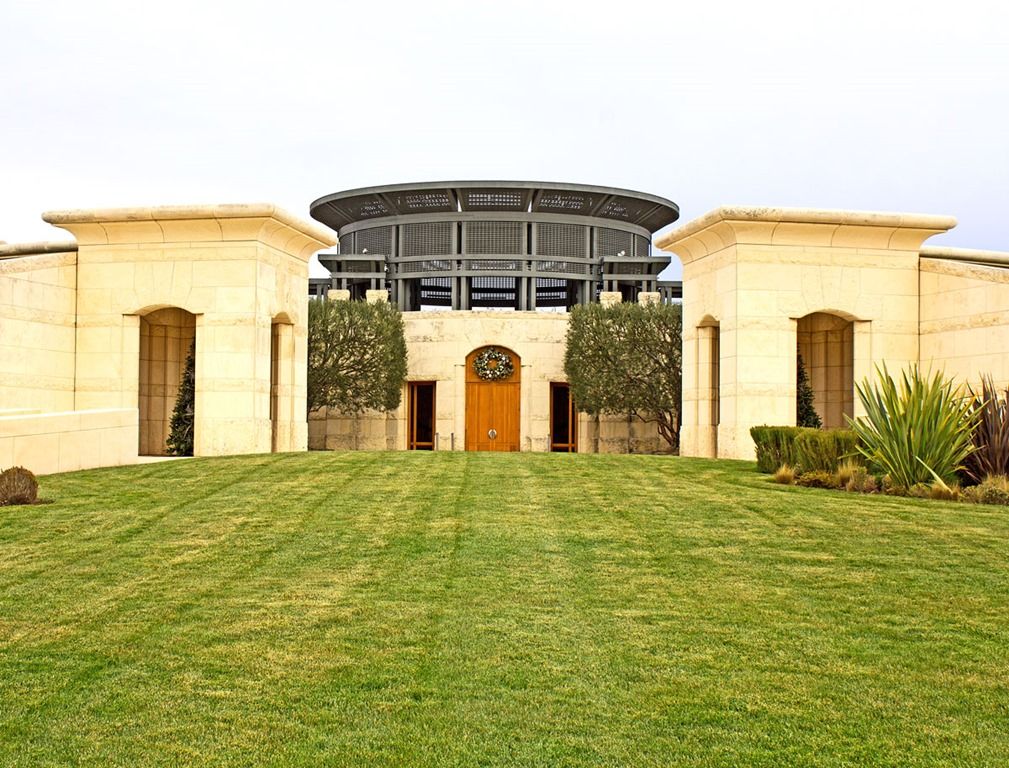
World-class Wineries and Varietals: Not Just Another Day in the Vineyard
Ah, the modern era. While we’ve reminisced about Napa’s spirited past, the valley’s present is just as intoxicating. Today, Napa is home to over 400 wineries, and boy, oh boy, each has its own tale to pour!
Take Opus One, a brainchild of two wine giants, Robert Mondavi and Baron Philippe de Rothschild. Their goal? A single Bordeaux style blend based on Napa Valley floor fruit, and dare we say, they nailed it. Or how about Screaming Eagle, where their elusive Cabernet Sauvignons have wine enthusiasts (and their wallets) screaming for more?
And let’s not sideline our white wine aficionados. Far Niente, for instance, delivers Chardonnays that are the stuff of legends, while Domaine Carneros has bubbles that’d make even the most seasoned champagne sippers tip their hats.
A Tourist’s Paradise: Beyond the Bottle
The word’s out, folks: Napa is not just a wine aficionado’s paradise; it’s everybody’sit’s paradise. As if world-class wines weren’t enough, Napa’s turned the charm dial up to eleven.
Fancy a hot air balloon ride over the serene vineyards? Check! Spa treatments infused with, you guessed it, wine? Double-check. Culinary experiences that range from farm-to-table rustic to Michelin-starred marvels? Triple-check!
Places like the Culinary Institute of America give you a peek (and taste) into gastronomic wonders, while the Napa Valley Wine Train offers a journey through time (with wine, of course). From luxurious resorts to quaint B&Bs, there’s a cozy corner for every traveler.
Sustainable Practices and Innovation: Cheers to the Future!
Napa’s not just resting on its laurels. This valley’s got its eyes on the horizon, ensuring the wine flows for generations to come. Sustainability isn’t just a buzzword here; it’s a way of life.
Many vineyards are adopting organic and biodynamic practices. Think solar panels nestled among vines, owls employed as pest control agents (who knew owls were such wine fans?), and innovative water-saving tactics that would make even a cactus jealous.
Innovation shines in the cellars too. From precision fermentation techniques to exploring new varietals suited for a changing climate, Napa is pushing boundaries while ensuring Mother Nature gets the respect she deserves.
In a nutshell, Napa Valley today is a dance between tradition and innovation, luxury and sustainability, and of course, reds, whites, and rosés. Whether you’re sipping a vintage red, floating above the vineyards, or biting into a farm-fresh delicacy, one thing’s for sure: Napa, in its modern glory, is a celebration waiting to be explored. So, ready for the next chapter in your wine journey? 🍇🥂🍾🌄
Key Figures: The Titans Behind the Terroir
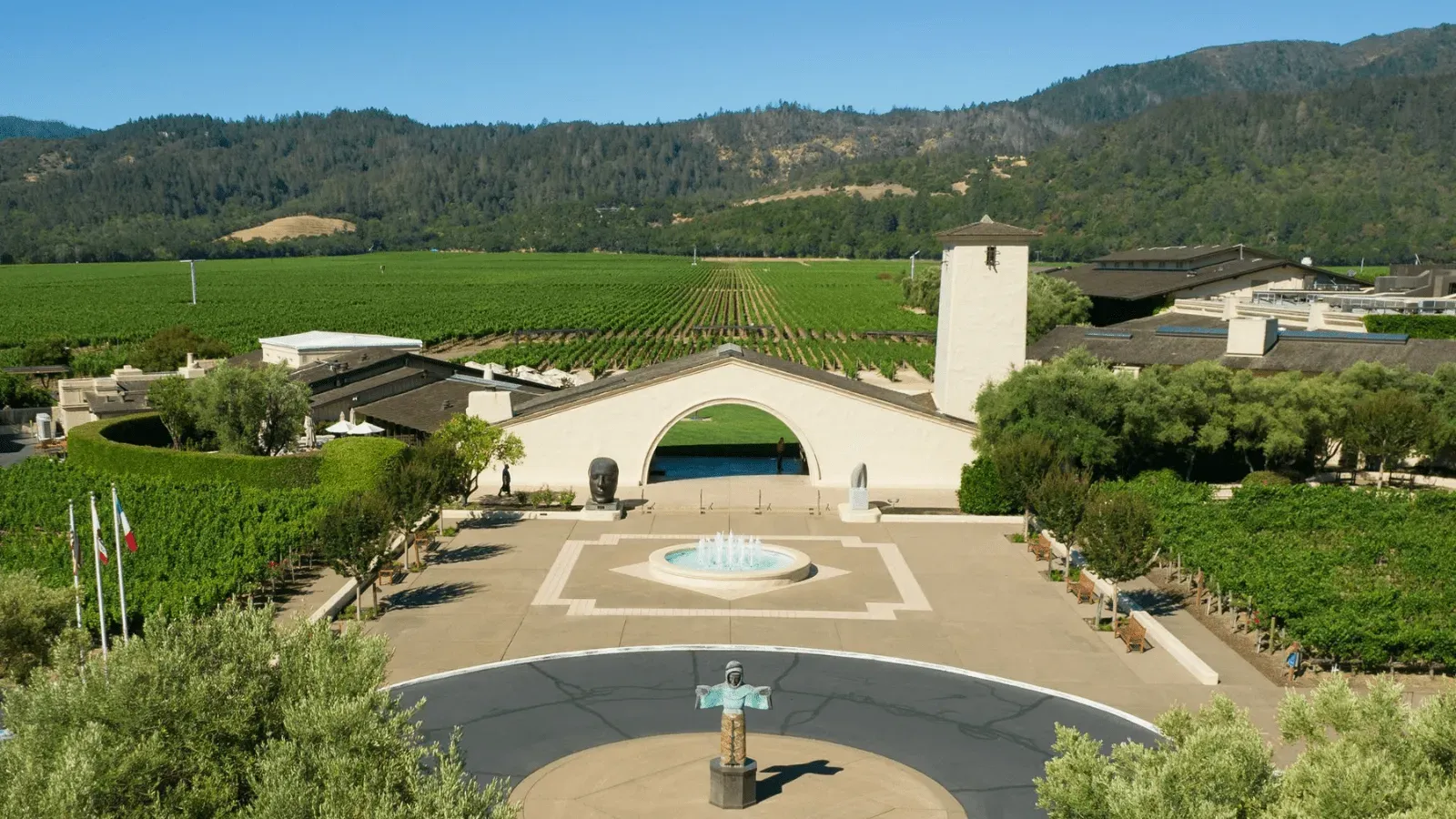
Robert Mondavi: The Godfather of Modern California Wine
Now, let’s toast to the trailblazers, the mavericks, the legends—starting with none other than Robert Mondavi. Imagine being so iconic that you could drop the mic after revolutionizing an entire wine region!
Mondavi did more than just ferment grapes; he fermented a culture. He looked at Napa and saw not just land but a lush, bursting canvas, ready to be painted in hues of Cabernet Sauvignon and Fumé Blanc. He was among the first to invite the public into his winery, breaking down the stuffy barriers often associated with wine culture.
And the arts? Mondavi was their patron saint. From summer concerts to art exhibitions, the Robert Mondavi Winery turned into a cultural hub, fusing wine with arts, because, why not? The winery was not just a place to sip wine; it was a place to live wine. His influence trickled down, inspiring a new generation of winemakers to think beyond the barrel.
Other Influential Figures: The All-Stars of Napa’s Wine Saga
Mondavi wasn’t the lone ranger in this oenological odyssey. We’ve got a roster that’s as diverse and complex as a well-aged Bordeaux blend.
Warren Winiarski: Remember the Judgment of Paris in 1976? Ah, the sip heard around the world! Winiarski’s Stag’s Leap Wine Cellars beat French wines in a blind tasting, putting Napa on the global vino map. Talk about an American dream!
Mike Grgich: Croatian-born winemaker Mike Grgich, the talent behind the Chardonnay that also triumphed at the Judgment of Paris, deserves a standing ovation. His eponymous winery, Grgich Hills Estate, is now a biodynamic haven.
Agustin Huneeus Sr. & Agustin Huneeus Jr.: A father-son duo who have shown that winemaking can be both a craft and a family legacy. Huneeus Sr. was instrumental in the development of iconic brands like Franciscan Estate, while Huneeus Jr. has continued the tradition, focusing on boutique, high-quality wines under the Quintessa label.
Barbara Banke: The Chairwoman of Jackson Family Wines, she has not only carried on the legacy of her late husband, Jess Jackson, but has also made sustainability and land conservation the pillars of her wine empire.
Dario Sattui: The great-grandson of California wine pioneer Vittorio Sattui, Dario didn’t just rest on his familial laurels. He founded Castello di Amorosa, an authentically-styled 13th-century Tuscan castle and winery that has become a must-see Napa attraction.
Conclusion: Why Napa Valley Matters, and Why You Should Care
So, why did we just give you a whirlwind tour through time, space, and wine? Because Napa Valley is not just a dot on the map; it’s a constellation of stories, struggles, and victories—all bottled up in each glass of wine you enjoy.
From the raw, untouched terrains molded by Mother Nature, to the pioneers who saw the grape-gilded promise land, to the game-changing Judgment of Paris, and the modern-day wine Mecca that Napa has become—each element is a chapter in the great American novel that is Napa Valley.
And let’s not forget, this place is not just for the wine snob reading a vintage chart like it’s the daily horoscope. Nope! From a romantic weekend getaway to family picnics, from wine novices to sommelier-level experts, Napa has something for everyone. Even if you don’t know a Cabernet from a cardboard box, the sheer experience of it all—rolling hills, delicious bites, and that warm Californian sun—will be worth the trip.
So, whether you’re here for the wine, the history, or just a darn good story, remember: in Napa Valley, every sip is a sip of history, every bottle a time capsule, and every visit an unforgettable chapter in your own tale.
Cheers to that, wine lovers! 🍷
Challenges and Controversies: The Clouds Over the Vineyard
Land Use and Zoning: The Urban vs. Rural Struggle
Napa Valley may be lush with vineyards, but it’s also teeming with a tangle of red tape. That’s right, we’re talking land use and zoning! As wineries expand and housing needs increase, finding a harmonious balance between development and preserving agricultural land has become a high-stakes game of Monopoly. It’s a “May the best Merlot win!” kind of situation.
So, how does Napa navigate this? With a complex framework of regulations and community involvement. Winemakers and local citizens often come together to discuss, debate, and negotiate how the land should be used. Though the process may be as complex as a full-bodied Cabernet, it aims to ensure that Napa remains an agricultural sanctuary where wine thrives.
Economic Challenges: Bottling Through the Busts
If you thought being a winemaker is all wine and roses, think again. The universe loves a plot twist, like financial crises and global pandemics. Oh, how they shake things up!
When the economy dips, luxury items like premium wines often feel the squeeze. During the COVID-19 pandemic, for example, tasting rooms shut down, crippling an essential revenue stream for many vineyards. But Napa isn’t one to mope; it adapts and evolves. Wineries hosted virtual tastings, online sales got a boost, and direct-to-consumer models became as popular as a chilled Chardonnay on a hot day.
A Vineyard of Morality: The Social Challenges
It isn’t just grapes that get crushed in the wine business; it’s also long-standing traditions and community ties. As Napa has evolved into a luxury wine destination, questions around accessibility and exclusivity have bubbled up. The high costs associated with premium wines and exclusive wine club memberships have sparked debates around social equity. It’s a conversation that will continue to ferment as the valley progresses.
In Vino Veritas: The Uncorked Truth
With all its challenges and controversies, Napa Valley is still a beacon of what can be achieved when nature, ingenuity, and passion come together. It’s a place where you can taste the old world in a glass while standing in the heart of new-world innovation.
So the next time you pop that cork, take a moment to appreciate not just the sublime liquid but also the intricate web of challenges and triumphs that have shaped this iconic wine region. Cheers to the complexities, cheers to the resilience, and, above all, cheers to great wine! 🍷
Conclusion: A Toast to Napa Valley’s Luminous Journey
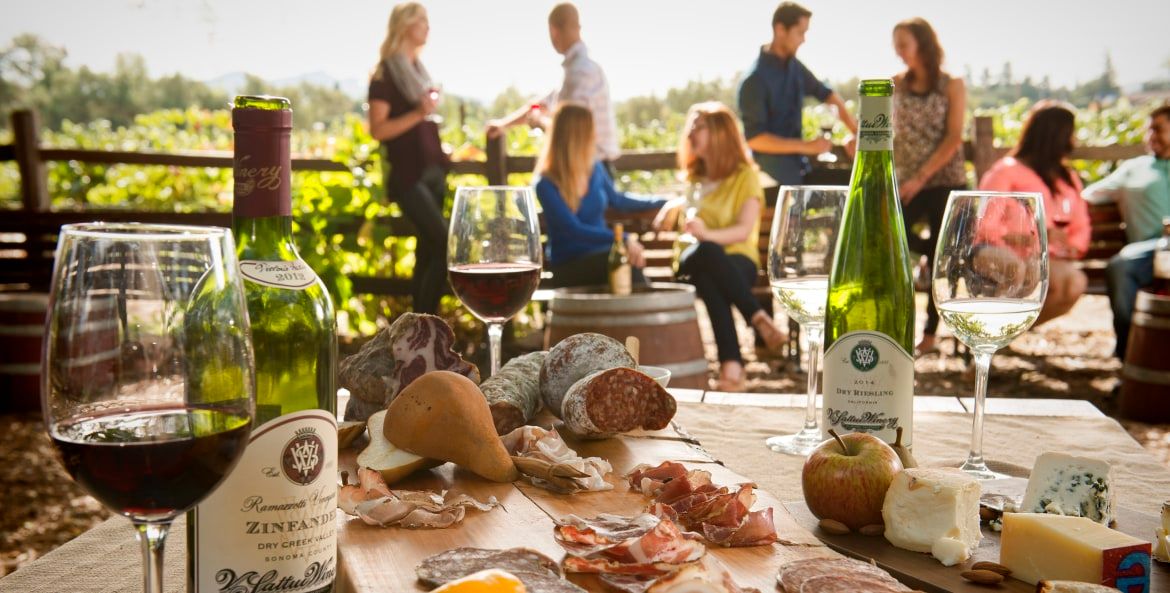
As we bring this wine-tastic voyage to a close, let’s take a moment to marvel at Napa Valley’s incredible evolution. From its humble beginnings as a dusty, overlooked slice of California to its metamorphosis into a global wine mecca, Napa is a testament to what happens when nature, innovation, and a little bit of luck collide. It’s a dynamic blend of history, community, and, of course, some of the world’s most exceptional wines.
But what does the future decant for this wine wonderland? While challenges may persist, if history is any indication, Napa Valley will adapt and continue to thrive. Sustainable practices, technological innovations, and a growing emphasis on community and inclusivity are likely to shape the vineyards of tomorrow. One thing’s for sure: Napa Valley will continue to capture imaginations and palates for generations to come.
Now It’s Time To Uncork Your Own Napa Narrative!
Have you had your own rendezvous with Napa’s rapturous reds or whimsical whites? We’d love to hear about it! Share your favorite Napa Valley experiences, vineyards, or wines in the comments below. Your tale might just be the inspiration someone needs to book their next wine country escapade.
And if you’re thirsty for more vineyard tales, don’t stop here. Become a member of CorkCraze and unlock a cellar-full of exclusive deals, firsthand stories, and the inside scoop on all things wine. From curated wine lists to virtual tastings with top sommeliers, CorkCraze is your passport to a world steeped in wine culture. So, why wait? Sign up today and let’s make your wine dreams a reality. 🍷🌟
Cheers to the journey, to Napa, and to you, our fellow wine enthusiasts! 🥂


